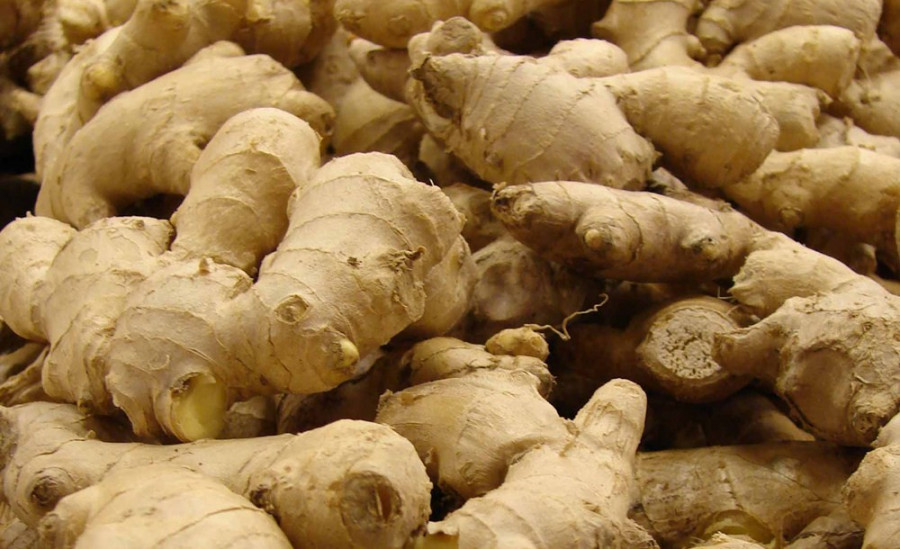July 08, 2020: The government’s decision to relax lockdown restrictions in the farming sector was expected to get agriculture moving again, but it brought little cheer to ginger farmers like Padam Rai in Dharan who are facing plunging prices.
Ginger is a high value crop, and farmers engaged in growing it have higher incomes than those cultivating cereals and vegetables due to high demand overseas.
But this year, demand is down, and ginger farmers in the eastern region like Rai are worried because prices are sliding due to trade restrictions, and continue to do so.
The price of this highly prized spice has plunged by more than 60 percent. “We are worried that ginger prices will hit rock bottom,” said Rai of Bishnupaduka, Dharan.
Nepal grows around 300,000 tonnes of ginger annually, making it the world’s third largest producer after China and India.
One-third of this annual harvest comes from the eastern region. Traders said that 90 percent of the ginger produced in Nepal is exported to the Indian market. But export orders from India are not coming even though harvest time is approaching.
Last year, the price of ginger had soared to more than Rs200 per kg. The price is satisfactory in the local market so far, said Rai. “But the peak harvest season will begin soon, and we will not be able to sell our crops due to the border restrictions.”
According to Rai, many farmers have invested in ginger cultivation encouraged by last year’s returns. “I heard that transportation has eased, but we are not certain whether buyers will be coming this year.”
Last year, around 10,000 tonnes of ginger worth Rs2.5 billion was sold from the agricultural marketplace in Dharan. At that time, the wholesale price ranged from Rs200-250 per kg.
This year, prices have fallen due to the economic turmoil caused by Covid-19 and low overseas demand. The wholesale price of ginger was Rs90 per kg on Sunday.
Laxman Bhattarai, manager of the agricultural marketplace in Dharan, said that even though prices have come down steeply, they have not fallen to the historic lows of two years ago.
“Farmers have to be satisfied with low prices this year,” he said, adding that Covid-19 and the lockdown had become the worst enemy of farmers.
The ginger grown in Sunsari, Morang, the northern region of Udaipur and the hilly districts of Koshi including Sindhuli, Khotang and Panchthar is brought to the market here. It is then exported to New Delhi, India directly through the eastern border point of Kakarbhitta. Some of the ginger is also shipped from Jogbani and Bhairahawa border points.
Bhattarai said that around 5,200 tonnes of ginger worth Rs415 million has been exported to the Indian market as of June. The crop was sold at an average price of Rs80 per kg. Normally, freshly harvested ginger is exported to India starting in mid-May.
“Farmers are in big trouble,” said ginger trader Binod Rai. He exported 135 tonnes of ginger to New Delhi following the easing of border restrictions. “The ginger trade scenario is not looking good at this moment. The overseas market is also uncertain and prices may plunge further.”
India is the main export market for Nepali ginger. The southern neighbour buys close to 94 percent of Nepal’s fresh ginger and 6 percent of processed ginger.
The ginger grown in Nepal is high in oil and oleoresin, and it can be sold to large industrial buyers in India and other countries if output is increased and quality is ensured, according to a study.
Source: The Kathmandu Post








